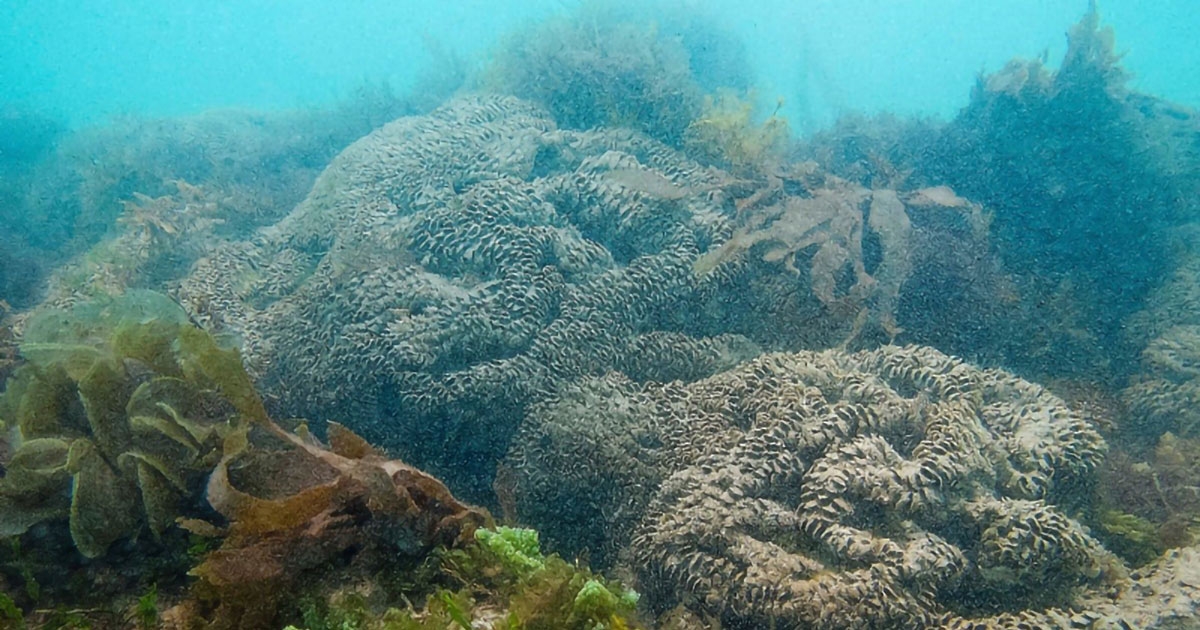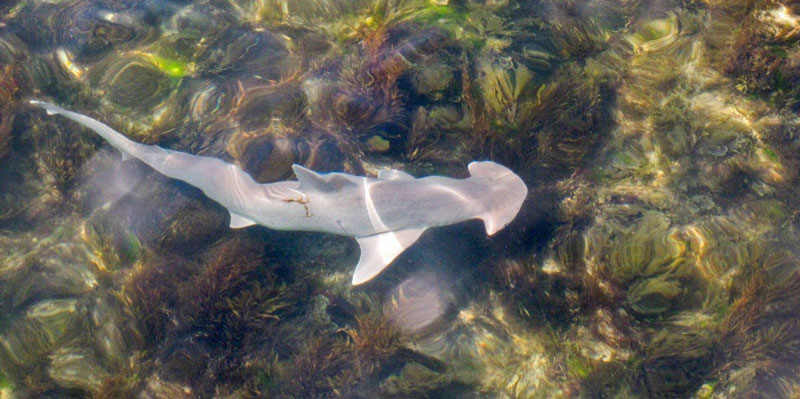
Biological Monitoring For The Sebastian Inlet District Helps Protect Marine Natural Resources
A beach nourishment project that will include dredging at the Sebastian Inlet in Indian River County Florida is planned to begin in January 2019. CSA Ocean Sciences Inc. (CSA) has been conducting biological monitoring of the nearshore hardbottom community along the planned fill area for over a decade. Most recently, we performed a pre-construction biological monitoring survey in the summer of 2018 to assess the current conditions and allow comparison to post-construction conditions after the beach nourishment activities are completed in 2019. CSA will continue their long-term monitoring of the nearshore hardbottom community for the next 5 years to ensure that any impacts to the natural resources from the dredging project are quantified.
CSA has a 12-year history monitoring this area of nearshore hardbottom; beginning in 2007 for Indian River County and extending to the Sebastian Inlet District when they assumed responsibility in 2013. The hardbottom community has many large wormrock formations growing on limestone rocks within the first 1,000 ft. from shore. Macroalgae, sponges, and tunicates make up much of the attached flora and fauna and the habitat supports a large variety of fishes, sharks, stingrays, sea urchins, and other bottom-dwelling organisms.
 Bonnethead sharks (Sphyrna tiburo) are an important part of the hardbottom community south of the Sebastian Inlet. This photo was taken near the McLarty Treasure Museum in 4 ft of water. Photo CSA Ocean Sciences, Inc.
Bonnethead sharks (Sphyrna tiburo) are an important part of the hardbottom community south of the Sebastian Inlet. This photo was taken near the McLarty Treasure Museum in 4 ft of water. Photo CSA Ocean Sciences, Inc.
CSA’s marine biologists carefully measure sediment depths and assess the health and percent cover of the attached organisms. Our long-term dataset allows us to understand the impacts of storms and hurricanes as well as man-made disturbances from beach construction by comparing these data over time. By tracking the amount and location of sand within the nearshore hardbottom, we can determine whether any project-related burial of the hardbottom has occurred and quantify how it has impacted the natural resources. The Florida Department of Environmental Protection Permits for the Sebastian Inlet District project require stringent monitoring protocols and reporting to ensure that any impacts are appropriately mitigated for. CSA takes great pride in the amount and quality of work that we have conducted over the past 12 years, ensuring that the nearshore hardbottom resources continue to be available for all to enjoy.
Corporate Headquarters
8502 SW Kansas Ave.
Stuart, FL 34997

